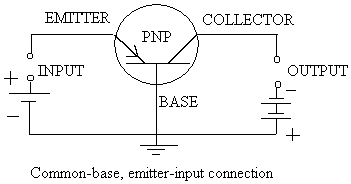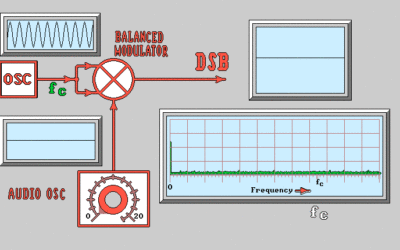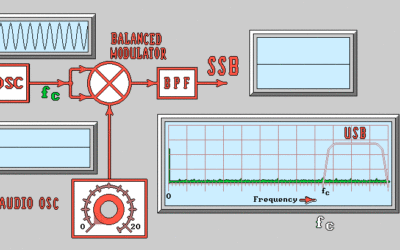FM stands for Frequency Modulation. It means that the RF-frequency will change according to the input audio signal. Example: A FM radio signal at 105.1MHz will not be exactly stable at 105.1MHz, The audio signal in the RF will modulate (change) the frequency for about +/- 37.5kHz.
There are some narrow band (field communication) wich only modulate the frequency 1-5kHz.There are some different way to bring out the sound from the RF-signal. I will explain a way by using a “quad coil”.A FM demodulator produces an output voltage that is proportional to the instantaneous frequency of the input.There are three general categories of FM demodulator circuit:Phase-locked loop (PLL) demodulatorSlope detection/FM discriminatorQuadrature detector
They all produce an output voltage proportional to the instantaneous input frequency.I will not explain the two first types, but I will explain more about the last one.

Quadrature FM detectors use a high-reactance capacitor (C2) to produce two signals with a 90 degree phase difference. The phase-shifted signal is then applied to an LC-tuned resonant at the carrier frequency (L1 and C3). Frequency changes will then produce an additional leading or lagging phase shift into the mixer.




